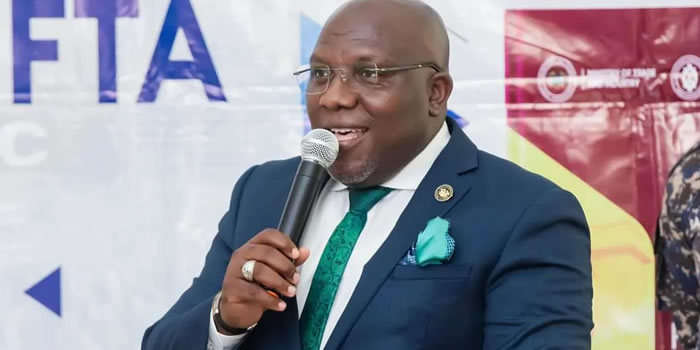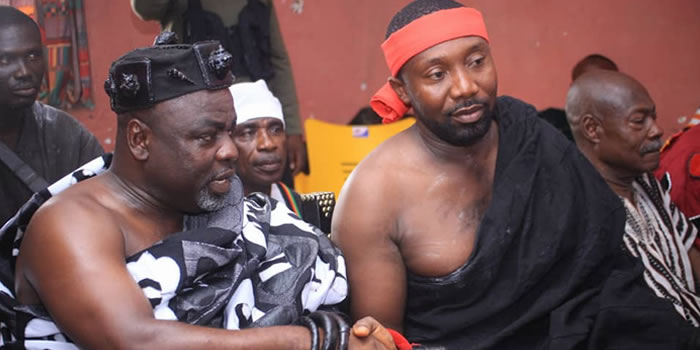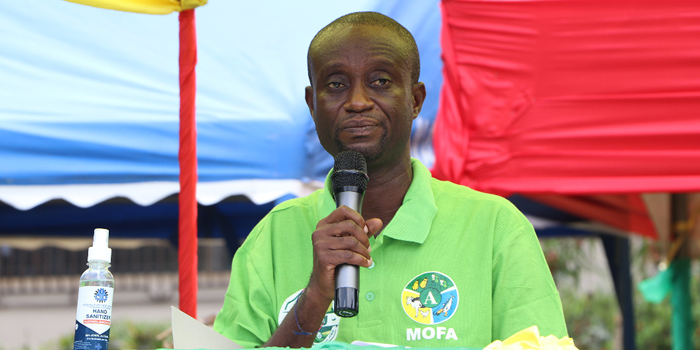

Introduction
Disability is generally defined as the malformation or malfunctioning of some part of human body that restricts performance due to impairment. Persons with Disabilities (PWD’s) face a lot of challenges in life. This constraints them in most of the things they want to achieve in life compared to their able counterparts as their abilities to function effectively are reduced .PWD’s lack self-confidence in society, as a result their interaction with the public is limited. This includes school attendance, economic activity and participation in issues of national interest.
In line with United Nations (UN) convention on Human rights, the 2006 disability act (act 715) was passed in Parliament to look into the affairs and welfare of Persons with Disability. A three percent share of the District Assemblies Common Fund to enhance the lives of PWD’s was allocated to all districts. Furthermore, PWD’s can interact freely and work with those with no disability. For the first time in the history of Ghanaian census, disability is recorded and analyzed by types and sex. This chapter discusses Disability status in Nsawam Adoagyiri municipality.
Population with Disability
A total of 2,486 persons representing 2.9 percent of the population of Nsawam Adoagyiri Municipality have one form of disability or the other. The sex composition indicates that the proportion of the female population with disability is slightly higher (3.1%) than that for males (2.7%). As indicated in the table, there six major types of disability in the district, namely; sight, hearing, speech, physical, intellectual and emotional. Sight recorded the higher percentage of 43.6, followed by physical disability (32.7%).
The percentage of the population with disability varies considerably among the rural and urban population in the municipality. Three percent of the population in urban localities have disabilities as compared with 2.7 percent of the rural population.
Disability and economic activity
Table 6.2 depicts the economic activity status of PWDs aged 15 years and older. Among the economically active population with disability, 45.6 percent are employed with slightly more than half (51.1%) not economically active. A similar trend is observed for both males and females.
Disability, Education and Literacy
As shown in the Table 6.3, 30.3 percent of the persons with disability have never attended school whilst (21.6%) have completed middle school and only 0.3 percent has post graduate degree. Among the males a higher proportion of disability is exhibited by those with middle school education, followed by those with primary level of education (19.2%) and sight being the common disability group (31.9%). For female group disability is high for those who have never attended school (38.5%) and the common disability being persons with intellectual challenges (52.2%).
Date Created : 11/27/2017 2:38:34 AM













 facebook
facebook
 twitter
twitter
 Youtube
Youtube
 +233 593 831 280
+233 593 831 280 0800 430 430
0800 430 430 GPS: GE-231-4383
GPS: GE-231-4383 info@ghanadistricts.com
info@ghanadistricts.com Box GP1044, Accra, Ghana
Box GP1044, Accra, Ghana